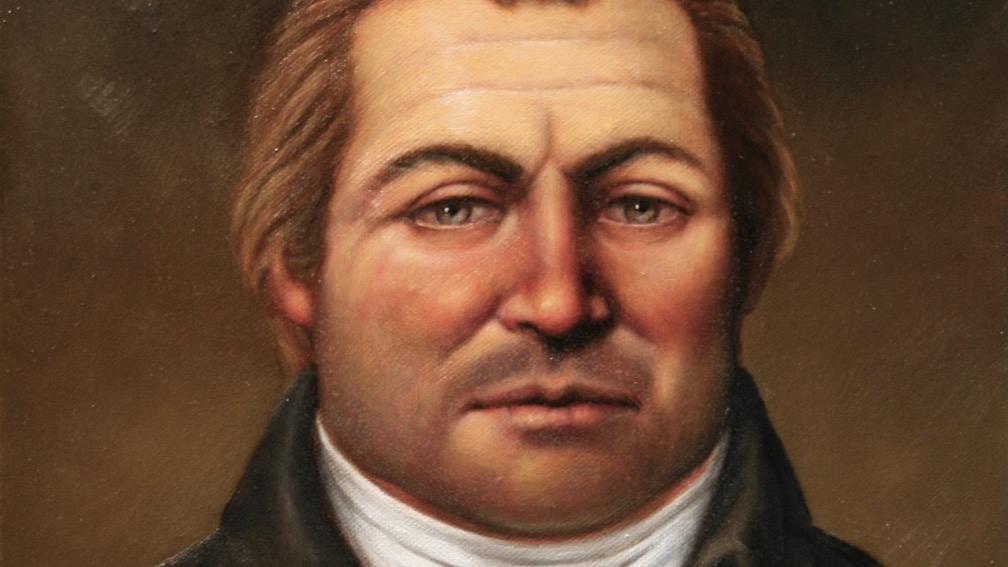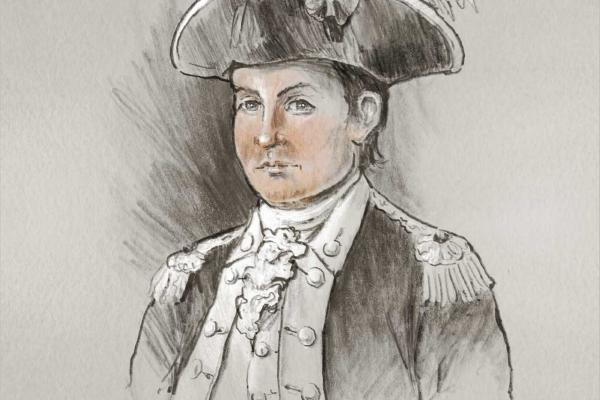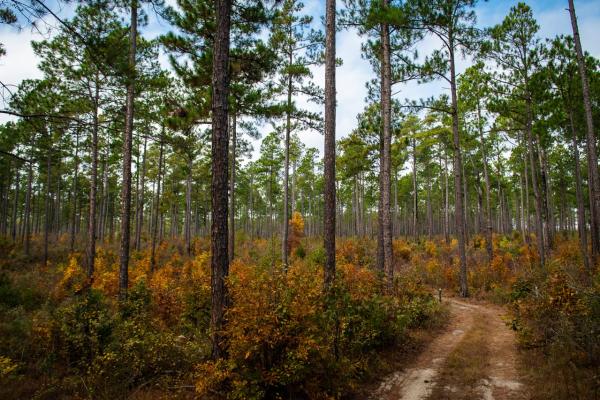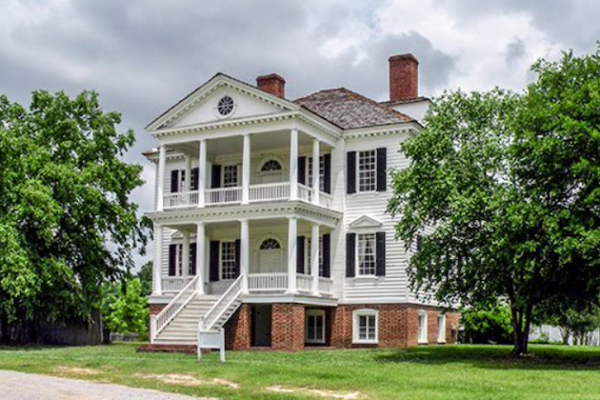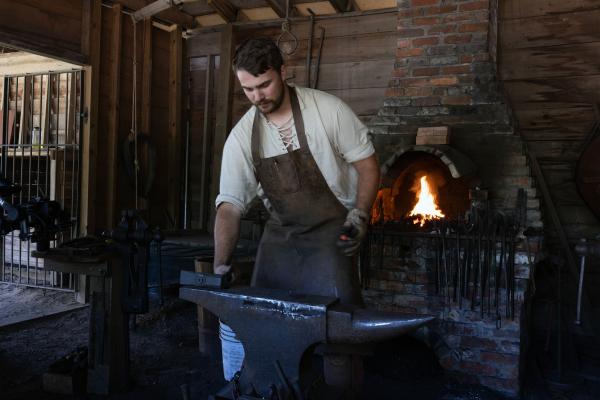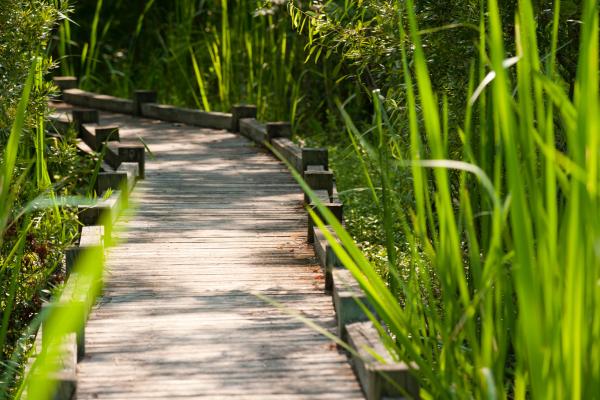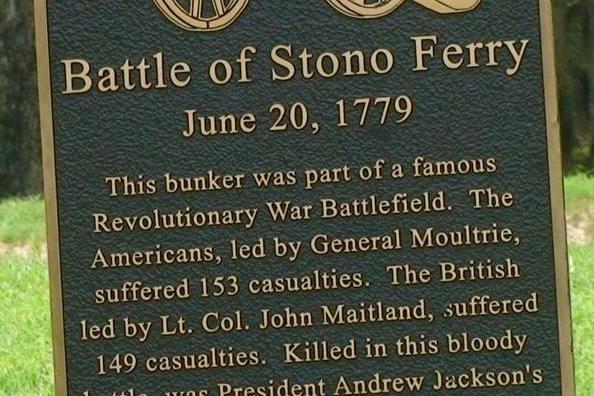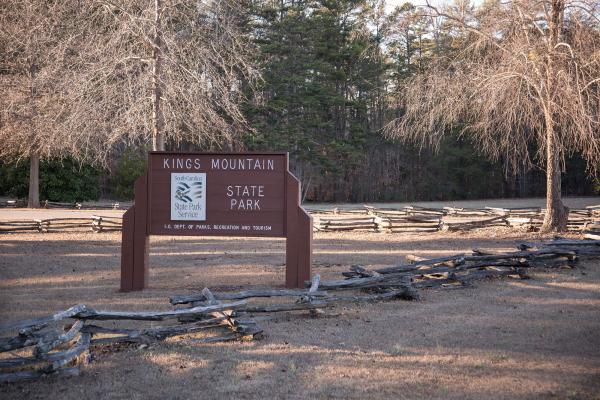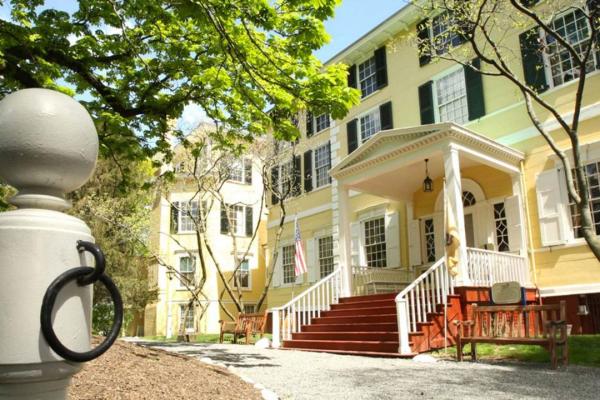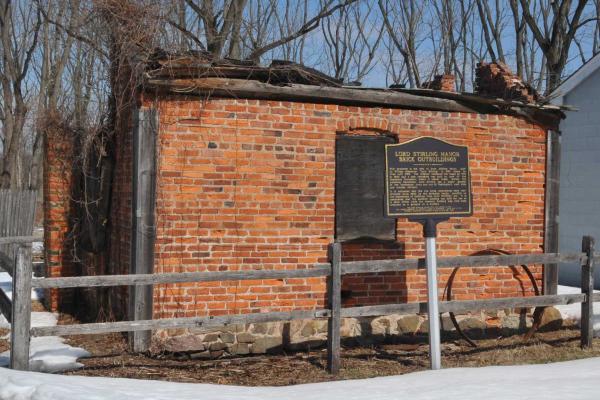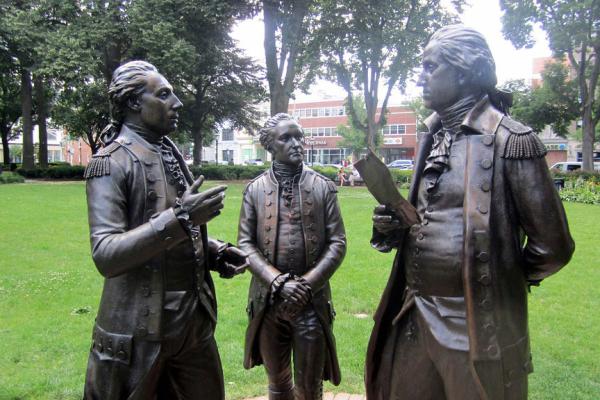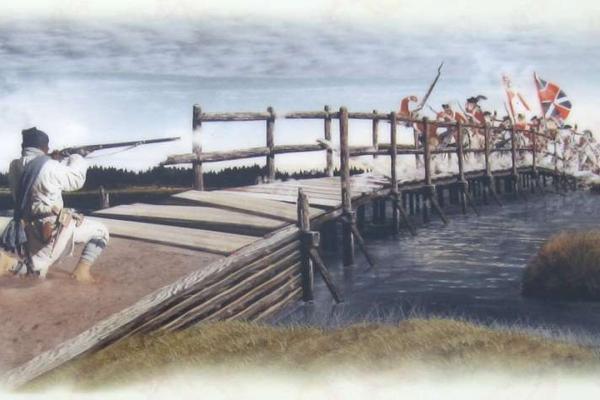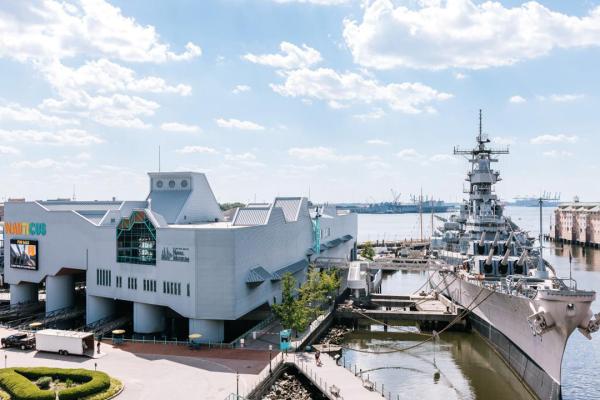John Glover, a skilled fisherman and merchant from Marblehead, Massachusetts, played a crucial role in the American Revolution as the commander of the 14th Continental Regiment, known for their amphibious expertise, notably evacuating Washington's army at Long Island and famously crossing the Delaware River to Trenton.
Christopher Greene, a Rhode Island militia leader and cousin of Maj. Gen. Nathanael Greene, served with distinction during the American Revolution, including defending Fort Mercer and commanding the 1st Rhode Island Regiment. He was killed in action during a 1781 battle at Pines Bridge, remembered for his valor and the role of Black soldiers in his regiment.
Soon after Greene took command of the southern theater, the tide of war began to turn in favor of the Patriots. Greene and his men turned south to reconquer the South Carolina backcountry. Throughout 1781, Greene steadily drove the British back to Charleston, which they abandoned the following December.
Colonel Samuel Griffin, a Virginia lawyer and officer in the Continental Army, played a key role in the 1776 campaign, leading militia units in New Jersey and engaging the Hessians near Mount Holly. Stricken by illness during critical battles, he later served as mayor of Williamsburg and a U.S. congressman after the war.
Uncovering History
We invite you to visit the preserved locations along the Liberty Trail and to immerse
yourself in the extraordinary events that determined the fate of a nation.
